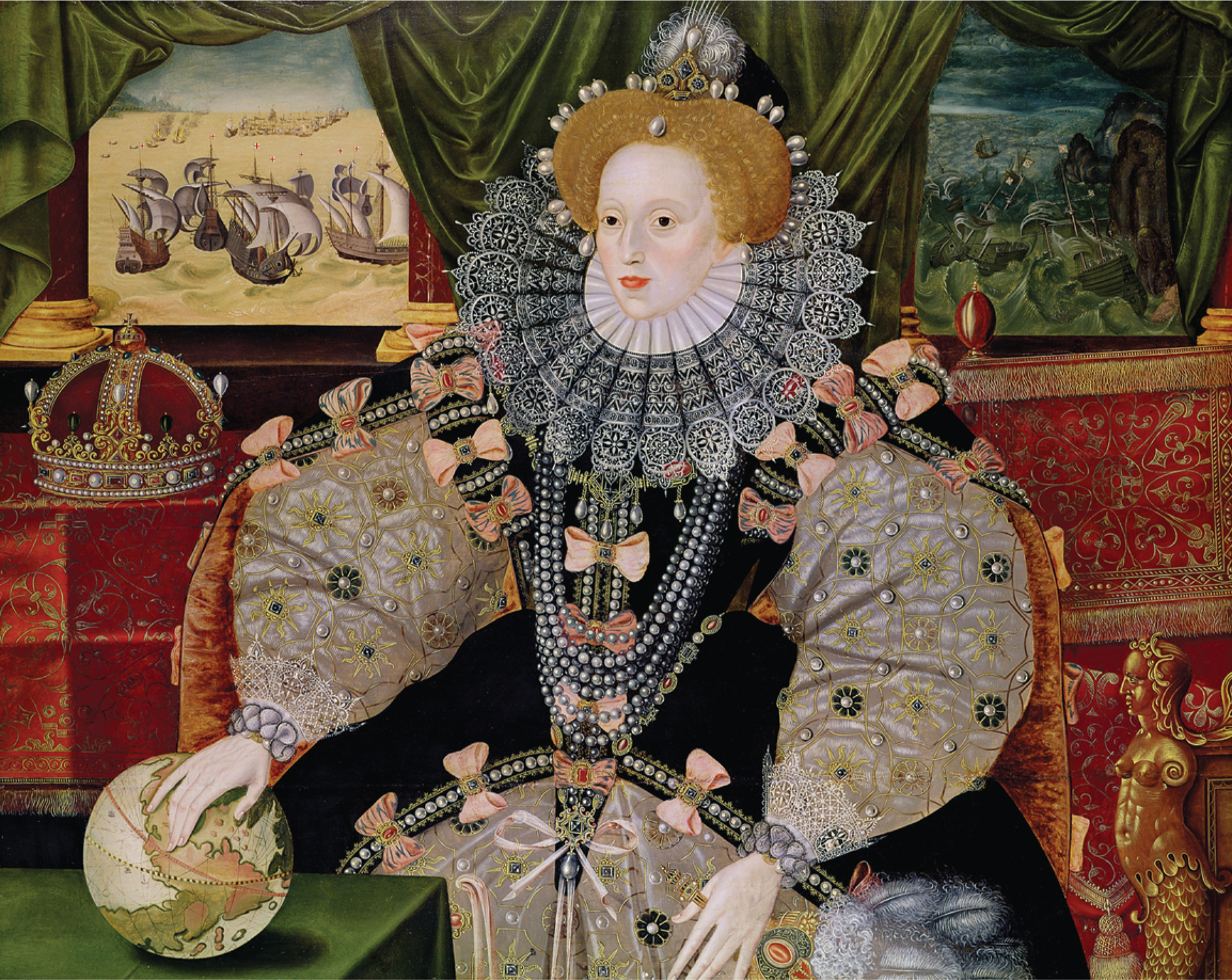The American Promise:
Printed Page 79
The American Promise Value
Edition: Printed Page 76
Puritan Origins: The English Reformation
The religious roots of the Puritans who founded New England reached back to the Protestant Reformation, which arose in Germany in 1517 (see “The Protestant Reformation and the Spanish Response” in chapter 2). The English church initially remained within the Catholic fold. Henry VIII, who reigned from 1509 to 1547, saw that the Reformation offered him an opportunity to break with Rome and take control of the church in England. In 1534, Henry formally initiated the English Reformation. At his insistence, Parliament outlawed the Catholic Church and proclaimed the king “the only supreme head on earth of the Church of England.” Henry seized the vast properties of the Catholic Church in England as well as the privilege of appointing bishops and others in the church hierarchy.
In the short run, the English Reformation allowed Henry VIII to achieve his political goal of controlling the church. In the long run, however, the Reformation brought to England the political and religious turmoil that Henry had hoped to avoid. Henry himself sought no more than a halfway Reformation. Protestant doctrines held no attraction for him; in almost all matters of religious belief and practice he remained an orthodox Catholic. Many English Catholics wanted to revoke the English Reformation; they hoped to return the Church of England to the pope and to restore Catholic doctrines and ceremonies. But many other English people insisted on a genuine, thoroughgoing Reformation; these people came to be called Puritans.

During the sixteenth century, Puritanism was less an organized movement than a set of ideas and religious principles that appealed strongly to many dissenting members of the Church of England. They sought to eliminate what they considered the offensive features of Catholicism that remained in the religious doctrines and practices of the Church of England. For example, they wanted to do away with the rituals of Catholic worship and instead emphasize that an individual Christian’s relationship with God developed through Bible study, prayer, and introspection. All Puritans shared a desire to make the English church thoroughly Protestant.
The fate of Protestantism waxed and waned under the monarchs who succeeded Henry VIII. In 1558 Elizabeth I, the daughter of Henry and his second wife, Anne Boleyn, became queen. During her long reign, Elizabeth reaffirmed the English Reformation and tried to position the English church between the extremes of Catholicism and Puritanism. Like her father, she desired a church that would strengthen the monarchy and the nation. By the time Elizabeth died in 1603, many people in England looked on Protestantism as a defining feature of national identity.
When Elizabeth’s successor, James I, became king, English Puritans petitioned for further reform of the Church of England. James authorized a new translation of the Bible, known ever since as the King James Version. However, neither James I nor his son Charles I, who became king in 1625, was receptive to the ideas of Puritan reformers. James and Charles moved the Church of England away from Puritanism. They enforced conformity to the Church of England and punished dissenters. In 1629, Charles I dissolved Parliament—
English Monarchy and the Protestant Reformation
| 1509– |
Henry VIII | Leads the English Reformation, outlawing the Catholic Church in England and establishing the English monarch as supreme head of the Church of England. |
| 1547– |
Edward VI | Moves religious reform in a Protestant direction. |
| 1553– |
Mary I | Outlaws Protestantism and strives to reestablish the Catholic Church in England. |
| 1558– |
Elizabeth I | Tries to position the Church of England between extremes of Catholicism and Protestantism. |
| 1603– |
James I | Authorizes a new, Protestant translation of the Bible but is unsympathetic to Puritan reformers. |
| 1625– |
Charles I | Continues move away from Puritan reformers. Beheaded during the Puritan Revolution. |
| 1642 | Puritan Revolution (English Civil War) begins. | |
| 1644– |
Oliver Cromwell | Leads Puritan side to victory in the English Civil War. Parliament proclaims England a Puritan republic (1649) and declares Cromwell the nation’s “Lord Protector” (1653). |
| 1660– |
Charles II | Restored to the monarchy by Parliament and attempts to enforce religious toleration of Catholics and Protestant dissenters from the Church of England. |
| 1685– |
James II | Ousted by Parliament for pro- |
| 1689– |
William III and Mary II | Reassert Protestant influence in England and its empire. |